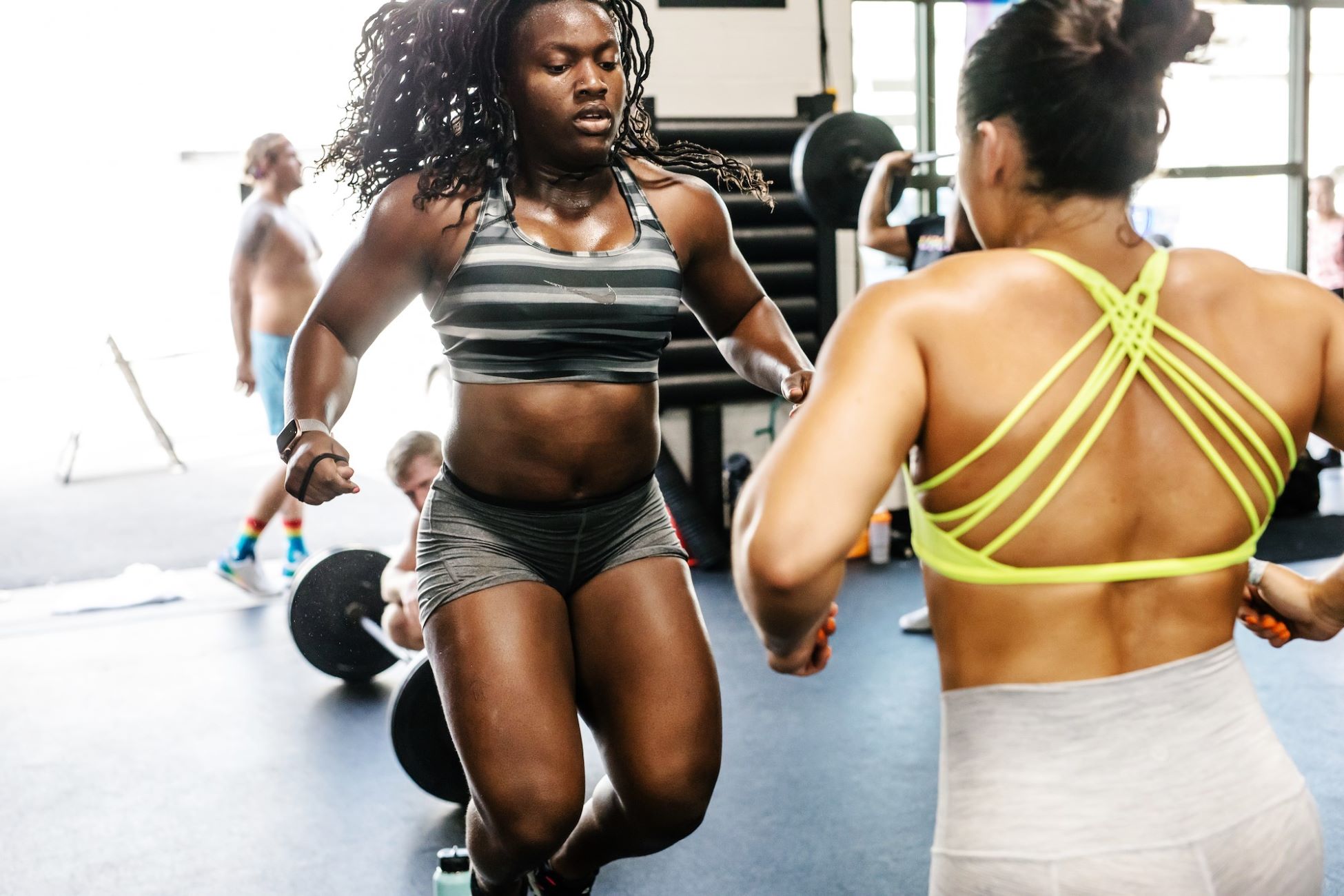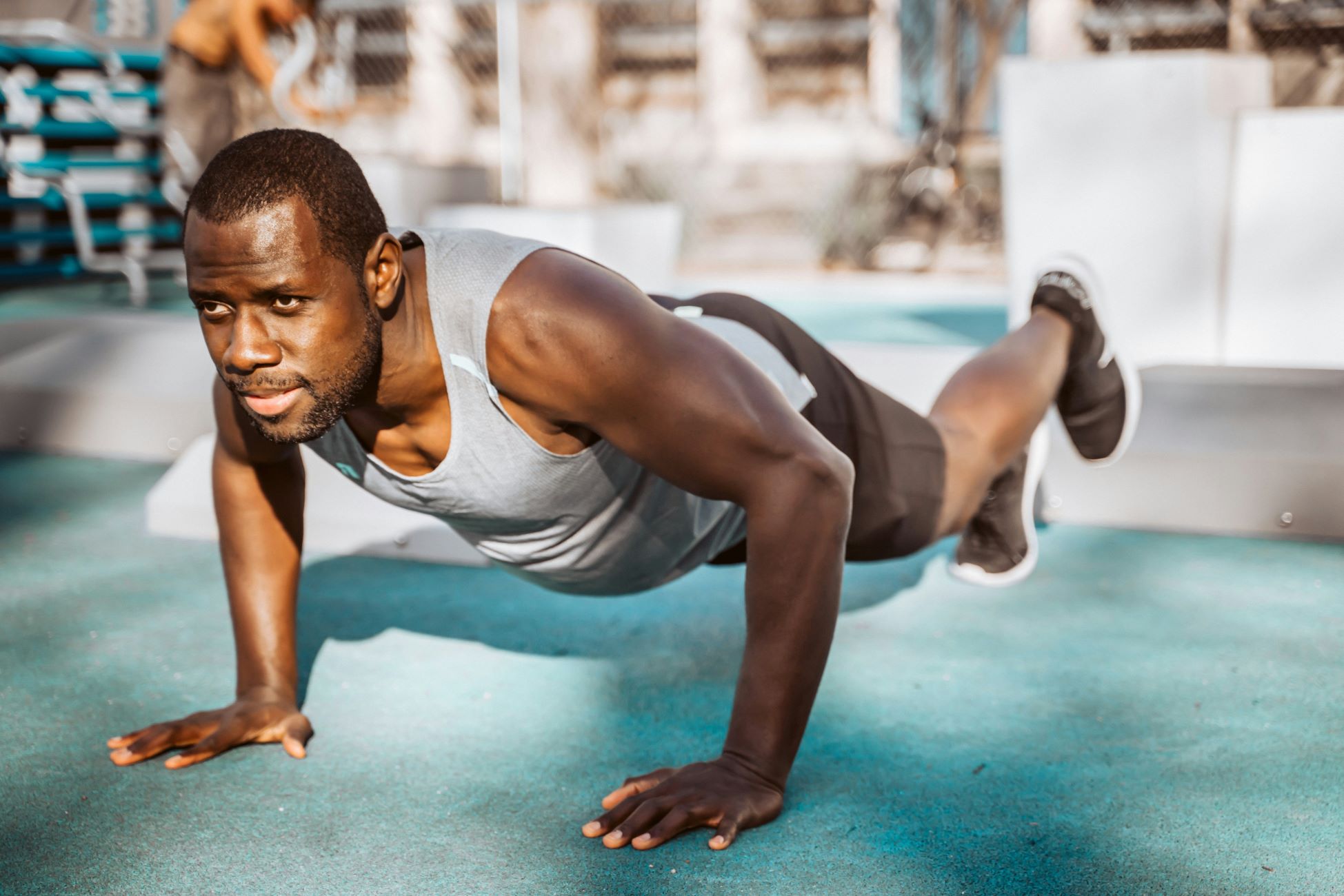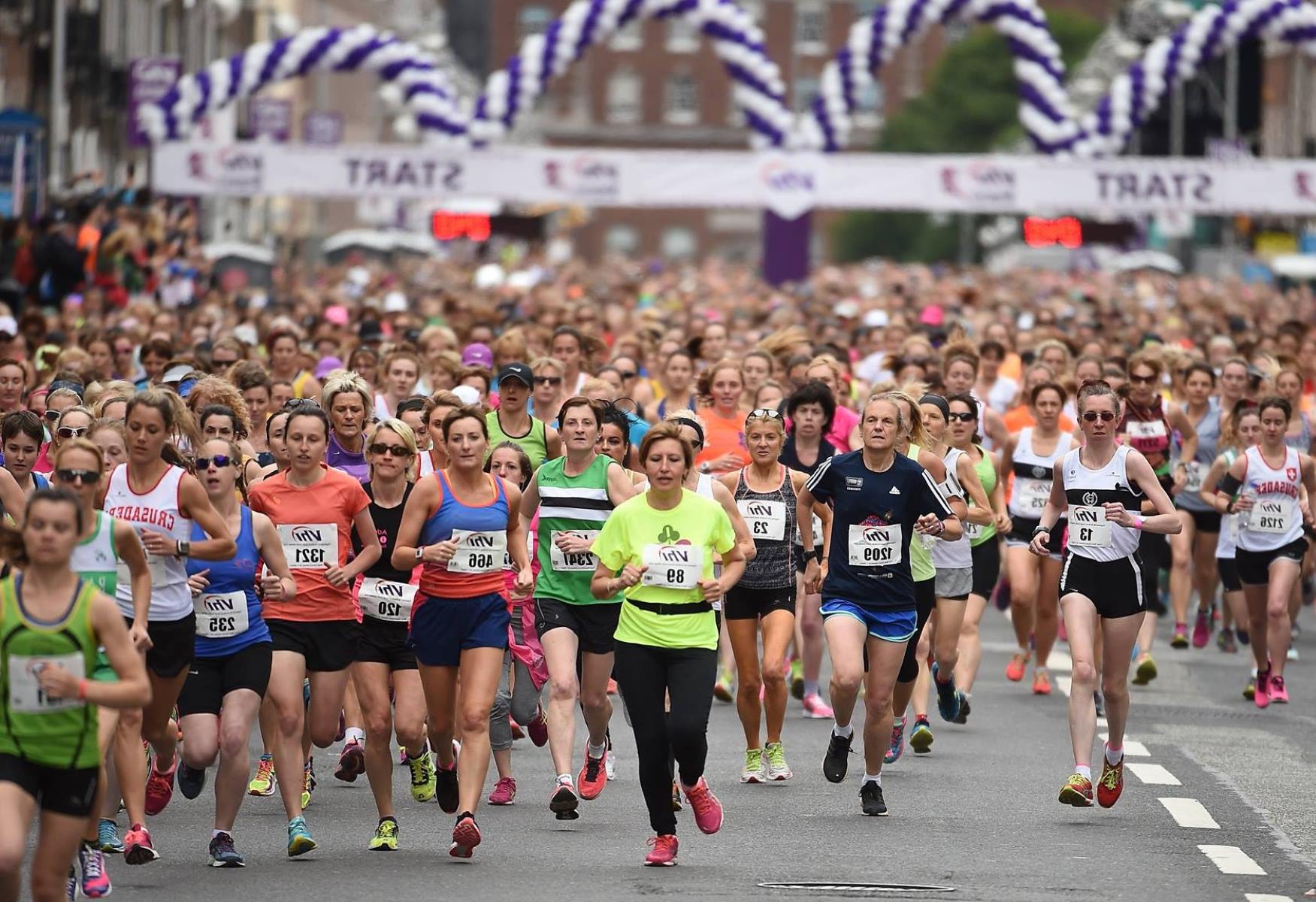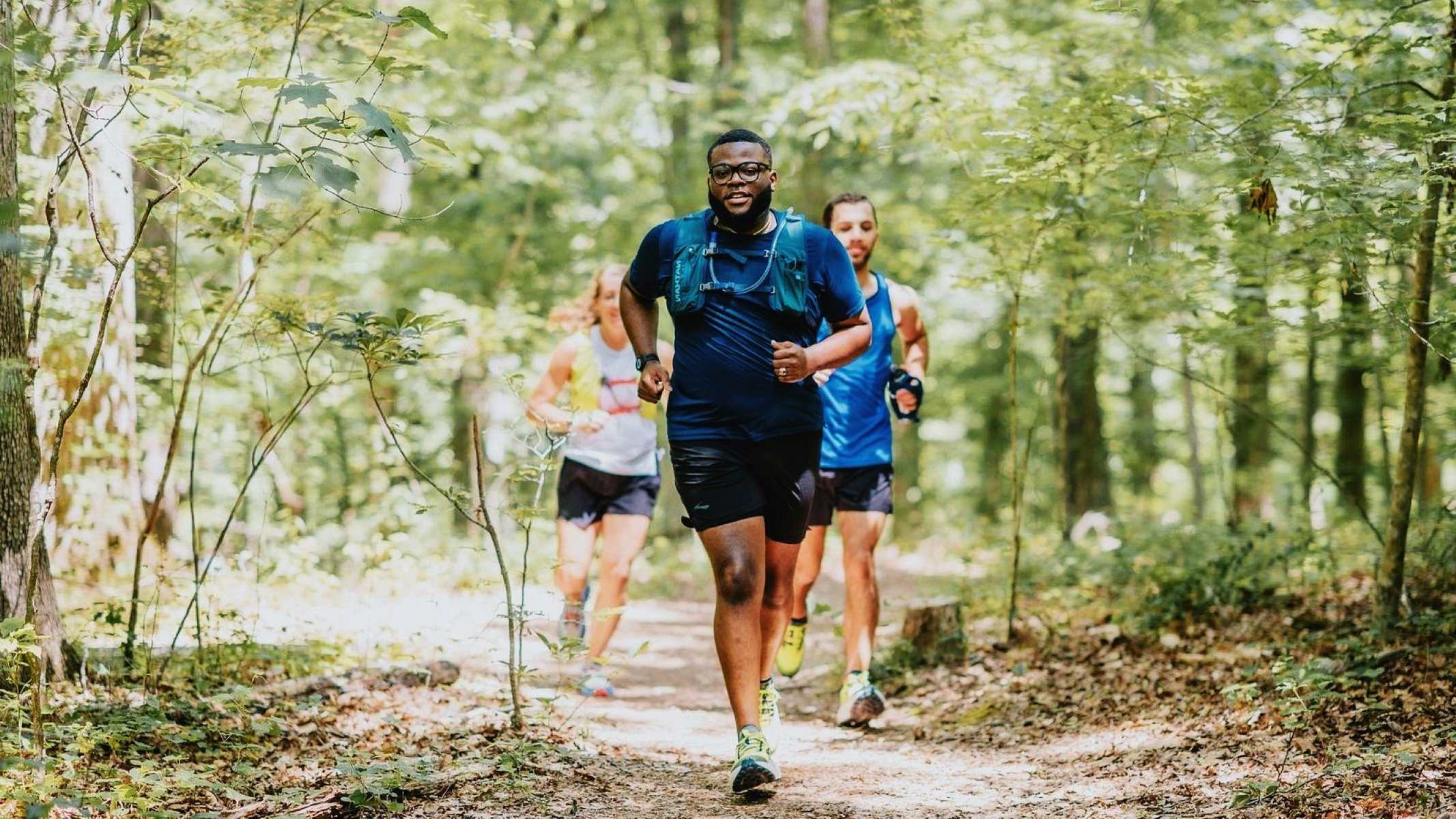Home>Training & Techniques>A Guide To Tying Your Laces For Running
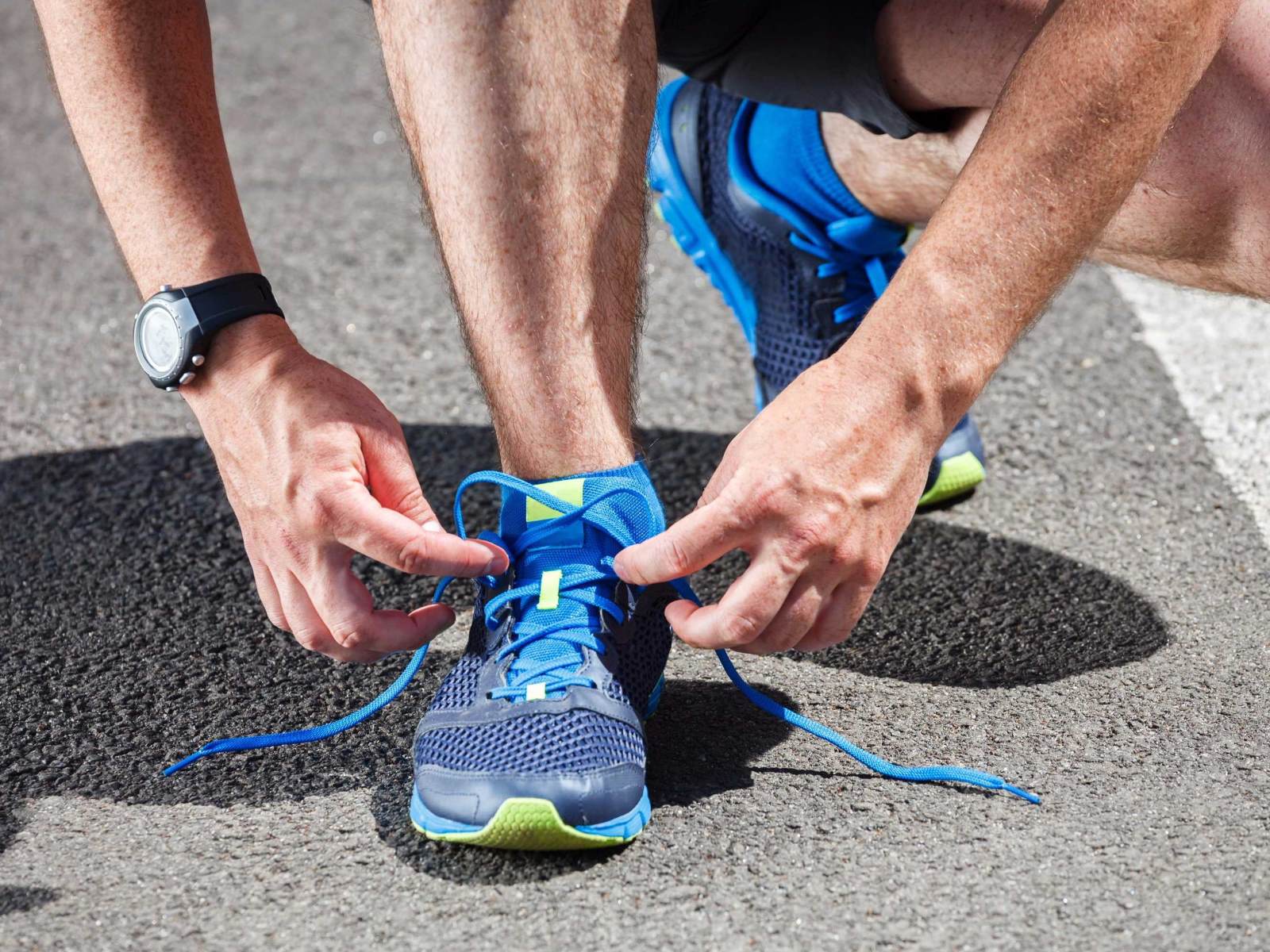

Training & Techniques
A Guide To Tying Your Laces For Running
Published: February 29, 2024
Learn the best training and techniques for tying your laces for running. Our comprehensive guide will help you optimize your lacing for a comfortable and efficient run.
(Many of the links in this article redirect to a specific reviewed product. Your purchase of these products through affiliate links helps to generate commission for Therunningadvisor.com, at no extra cost. Learn more)
Table of Contents
Introduction
Tying your laces may seem like a mundane task, but when it comes to running, it can make all the difference. Properly tied laces are essential for ensuring a comfortable and secure fit, which is crucial for preventing injuries and optimizing performance. Whether you're a seasoned marathon runner or just starting out on your running journey, understanding the significance of lacing up your shoes correctly is paramount.
In the world of running, every small detail matters. From the type of shoes you wear to the terrain you traverse, each factor plays a role in your overall experience. However, one aspect that is often overlooked is the way in which your shoes are laced up. The way you tie your laces can impact the distribution of pressure across your foot, the stability of your ankle, and even the overall comfort of your run.
In this comprehensive guide, we will delve into the art of tying your laces for running. We will explore various lacing techniques tailored to different foot shapes and running styles, providing you with the knowledge and tools to optimize your running experience. Whether you're aiming for a personal best in a race or simply seeking to enjoy a leisurely jog, mastering the art of lacing up your running shoes will undoubtedly elevate your performance and comfort.
So, let's embark on this journey together, as we uncover the secrets to achieving the perfect fit for your running shoes. By the end of this guide, you will not only possess the know-how to tie your laces effectively but also understand the importance of this seemingly simple yet crucial aspect of your running routine. Let's lace up and hit the ground running!
Importance of Properly Tied Laces for Running
The significance of properly tied laces for running cannot be overstated. When it comes to the world of running, every small detail matters, and the way you tie your laces is no exception. The manner in which your shoes are laced up can have a profound impact on your overall running experience, influencing both performance and safety.
First and foremost, properly tied laces are crucial for ensuring a secure and comfortable fit. When your laces are tied correctly, they help to distribute pressure evenly across your foot, minimizing the risk of discomfort or injury. A snug and secure fit not only enhances comfort but also provides stability, reducing the likelihood of blisters, hot spots, or chafing during your run.
Moreover, the way your laces are tied can directly affect the stability of your ankle and the overall support provided by your shoes. By employing specific lacing techniques tailored to your foot shape and running style, you can optimize the level of support and stability, thereby reducing the risk of ankle injuries and enhancing your overall running performance.
Properly tied laces also play a pivotal role in preventing slippage within the shoe. When laces are tied inadequately, they may loosen during the run, leading to unnecessary movement within the shoe. This can not only cause discomfort but also increase the risk of developing blisters or other foot-related issues.
Furthermore, the act of tying your laces correctly contributes to the overall efficiency of your running stride. A secure and well-fitted shoe allows for a more natural and efficient foot movement, enabling you to maintain a consistent and steady pace without the distraction of discomfort or instability.
In essence, the importance of properly tied laces for running extends beyond mere convenience. It directly impacts your comfort, safety, and performance, making it a fundamental aspect of your running routine. By understanding the significance of lacing up your shoes correctly, you can elevate your running experience and minimize the risk of discomfort or injury, allowing you to fully enjoy the exhilarating sensation of hitting the pavement with each stride.
Different Lacing Techniques for Running Shoes
When it comes to lacing up your running shoes, one size does not fit all. Different foot shapes, running styles, and specific comfort needs call for various lacing techniques tailored to optimize the fit and performance of your shoes. Here are some popular lacing techniques that cater to different requirements:
1. Standard Crisscross Lacing
This is the traditional lacing method commonly used for most running shoes. It provides a balanced and secure fit, ensuring that the pressure is evenly distributed across the foot. The standard crisscross lacing technique is ideal for individuals with regular foot shapes and those seeking a simple yet effective lacing method.
2. Heel Lock Lacing
For runners experiencing heel slippage or seeking additional ankle support, the heel lock lacing technique is a game-changer. By creating a secure lock around the ankle, this method prevents the heel from moving excessively within the shoe, thereby minimizing the risk of blisters and enhancing overall stability.
3. Window Lacing
Individuals with wider feet or those looking to alleviate pressure on specific areas of the foot can benefit from the window lacing technique. By creating a window-like opening in the middle of the lacing pattern, this method allows for targeted relief, making it particularly useful for accommodating bunions or other foot irregularities.
4. Loop Lacing
Loop lacing is an excellent choice for runners experiencing discomfort or irritation on the top of the foot. By replacing the standard crisscross pattern with loops, this technique reduces pressure on the instep, providing a more comfortable and customized fit for individuals with high arches or sensitive feet.
5. Surgeon's Knot
For runners who struggle with their laces coming untied during runs, the surgeon's knot offers a reliable solution. By incorporating an additional knot at the start of the lacing pattern, this technique ensures that the laces stay securely fastened throughout the entire run, providing peace of mind and uninterrupted focus on the road ahead.
6. Parallel Lacing
Parallel lacing is an alternative method that can alleviate pressure on the top of the foot, making it suitable for individuals with foot conditions such as metatarsalgia or those seeking a more relaxed fit. By running the laces parallel to each other, this technique reduces pressure points and allows for a more accommodating and comfortable experience.
Incorporating these diverse lacing techniques into your running routine can significantly enhance the comfort, support, and performance of your shoes, catering to the unique needs of your feet and running style. Experimenting with different lacing methods can lead to a customized fit that maximizes comfort and minimizes the risk of discomfort or injury, ultimately elevating your running experience to new heights.
Step-by-Step Guide to Tying Your Laces for Running
Tying your laces for running may seem like a simple task, but doing it correctly can make a significant difference in your running experience. Follow these step-by-step instructions to ensure that your laces are tied securely and comfortably, allowing you to focus on the road ahead without any distractions.
1. Begin with Properly Fitted Shoes
Before tying your laces, ensure that your running shoes are properly fitted. Your shoes should provide ample room for your toes, a snug fit around the midfoot, and adequate support for your heel. This foundational step sets the stage for a comfortable and secure lacing process.
2. Straighten Out the Laces
Start by straightening out the laces to ensure that there are no twists or tangles. This will facilitate a smooth and even lacing process, allowing you to achieve a balanced and secure fit.
3. Crisscross the Laces
Begin lacing up your shoes in a crisscross pattern, starting from the bottom eyelets and working your way up. Cross the right lace over to the left side and the left lace over to the right side, creating a series of X-shaped patterns as you ascend.
4. Adjust the Tension
As you reach the top set of eyelets, ensure that the tension is evenly distributed across the laces. This will help maintain a balanced and secure fit, preventing any unnecessary pressure points or slippage during your run.
5. Create a Heel Lock (Optional)
If you experience heel slippage or seek additional ankle support, consider incorporating a heel lock into your lacing technique. To do this, after crossing the laces at the top, feed each lace through the adjacent loop on the opposite side before tying the knot. This creates a secure lock around the ankle, minimizing movement within the shoe.
6. Tie a Secure Knot
Finally, tie a secure knot to ensure that your laces stay fastened throughout your run. Opt for a double knot or a reliable knotting technique such as the surgeon's knot to prevent any accidental untying.
By following these step-by-step instructions, you can ensure that your laces are tied securely and comfortably, providing the foundation for a smooth and enjoyable running experience. Mastering the art of tying your laces for running allows you to focus on the exhilaration of each stride, knowing that your shoes are securely fastened and optimized for performance.
Tips for Preventing Laces from Coming Untied
Ensuring that your laces remain securely fastened throughout your run is essential for maintaining a consistent and uninterrupted stride. Here are some valuable tips to prevent your laces from coming untied, allowing you to focus on your run without the distraction of constantly retying your shoes:
-
Double Knotting: After tying your initial knot, follow up with a second knot to create a double knot. This simple yet effective technique adds an extra layer of security, significantly reducing the likelihood of your laces coming undone during your run.
-
Utilize Reliable Knots: Opt for reliable knotting techniques such as the surgeon's knot or the square knot. These knots are designed to stay secure under pressure, providing peace of mind as you tackle various terrains and distances.
-
Tuck in the Laces: Once your laces are tied, tuck the ends of the laces under the adjacent laces or into the sides of your shoes. This prevents the loose ends from catching on obstacles or accidentally getting untied during your run.
-
Choose the Right Laces: Invest in high-quality, durable laces that are less prone to slipping or untying. Look for laces specifically designed for athletic activities, as they are engineered to withstand the rigors of running and maintain their integrity throughout your workout.
-
Regularly Check and Retie: Before starting your run, take a moment to double-check the tightness of your laces and re-tie them if necessary. This simple precaution can prevent potential issues mid-run and ensure that your shoes remain securely fastened.
-
Lace Locks or Lace Anchors: Consider using lace locks or lace anchors, which are small devices designed to secure the ends of your laces in place. These accessories provide an additional layer of security, keeping your laces firmly in position throughout your run.
-
Trim Excess Lace Length: If your laces are excessively long, consider trimming the ends to reduce the likelihood of them coming untied or getting caught on objects. Be sure to leave enough length for tying a secure knot without creating unnecessary bulk.
By implementing these tips, you can minimize the risk of your laces coming untied during your run, allowing you to maintain focus and momentum without interruptions. With your laces securely fastened, you can fully immerse yourself in the joy of running, knowing that your shoes are optimized for a smooth and uninterrupted experience.
Conclusion
In the world of running, every small detail matters, and the way you tie your laces is no exception. The art of tying your laces for running extends far beyond the realm of mere convenience; it directly impacts your comfort, safety, and performance. By understanding the significance of lacing up your shoes correctly and employing various lacing techniques tailored to your unique needs, you can elevate your running experience to new heights.
Properly tied laces are essential for ensuring a secure and comfortable fit, distributing pressure evenly across your foot, and minimizing the risk of discomfort or injury. The stability of your ankle and the overall support provided by your shoes are directly influenced by the way your laces are tied, making it a fundamental aspect of your running routine.
By exploring different lacing techniques, such as the standard crisscross lacing, heel lock lacing, window lacing, loop lacing, surgeon's knot, and parallel lacing, you can customize the fit of your shoes to cater to specific foot shapes, running styles, and comfort needs. These diverse lacing methods offer a tailored approach to optimizing the comfort, support, and performance of your shoes, ensuring that every stride is met with the perfect balance of stability and flexibility.
Following a step-by-step guide to tying your laces for running provides the foundation for a smooth and enjoyable running experience. By ensuring that your laces are tied securely and comfortably, you can focus on the exhilaration of each stride, knowing that your shoes are optimized for performance.
Moreover, implementing valuable tips to prevent your laces from coming untied, such as double knotting, utilizing reliable knots, tucking in the laces, choosing the right laces, regularly checking and retying, using lace locks or lace anchors, and trimming excess lace length, adds an extra layer of security, allowing you to maintain focus and momentum without interruptions.
In conclusion, the seemingly simple act of tying your laces for running holds the power to transform your running experience. By mastering the art of lacing up your shoes correctly, exploring diverse lacing techniques, and implementing effective strategies to prevent laces from coming untied, you can embark on your runs with confidence, comfort, and the unwavering focus needed to conquer new distances and achieve new personal bests. So, lace up, hit the ground running, and let each stride propel you toward the boundless joy of the open road.

